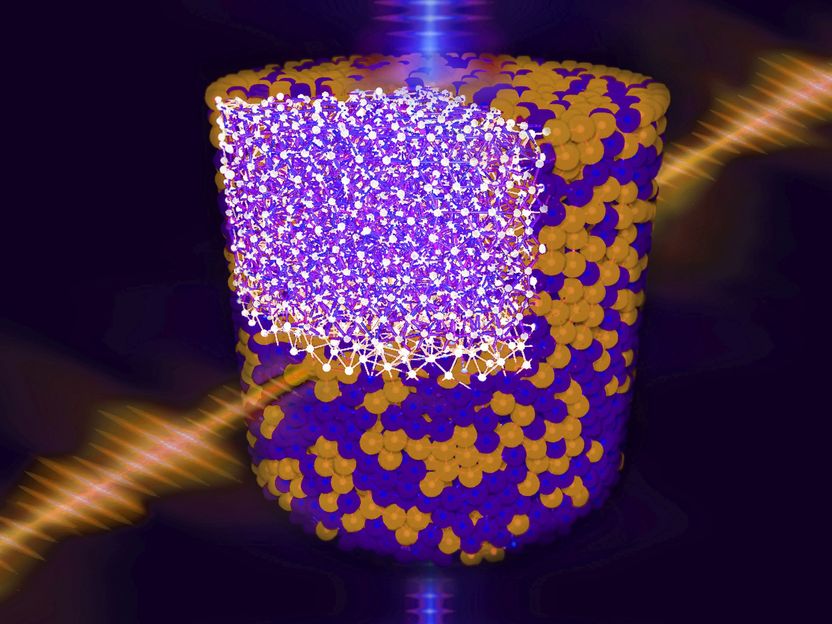Microscopic tracking of photocatalysis
New measuring technique brings solar fuels closer
Detailed molecular-scale measurements of a chemical reaction accelerated by sunlight have been made for the first time ever. Chemists at Utrecht University and the Friedrich Schiller University Jena (Germany) have set up a special microscope to simultaneously take part in and observe the catalysed chemical reaction. Professor Bert Weckhuysen from Utrecht University said of this research: "Now we can focus on making solar fuels more profitable."
Some chemical reactions can be accelerated by sunlight and by contact with catalysts. These photocatalytic reactions can now be monitored on a molecular level thanks to a new measuring technique developed by Utrecht chemists Professor Bert Weckhuysen, PhD student Evelien van Schrojenstein Lantman and Dr. Arjan Mank, and scientists from Jena University Professor Volker Deckert, who works also at the Institute of Photonic Technology (IPHT) in Jena, and Dr. Tanja Deckert-Gaudig.
Solar fuel
The investigators have stated that research may offer new opportunities for the improvement of so-called solar fuels. This sustainable form of fuel stores solar energy in molecules, comparable to photosynthesis in plants. "Solar fuels are not currently profitable, because we do not know how to produce the fuel efficiently", said Weckhuysen. "Our new measuring technique makes it possible to see exactly what happens during the production of solar fuels, which will enable us to come up with improvements in the future."
Silver needle
In this study, researchers made clever use of a sharp needle with a "tip-enhanced Raman microscope", which makes recordings just above the reaction surface. Deckert said: "The key factor is the silver particle at the tip apex that acts as detection system and as a catalyst with nanometer dimension at the same time. This enables to investigate the reaction with unprecedented spatial resolution and sensitivity. Investigation of other catalytic systems should be straight forward."
This research is funded by NanoNextNL, the Netherlands Research School Combination-Catalysis (NRSC-C) and NWO.
Original publication
Most read news
Other news from the department science

Get the analytics and lab tech industry in your inbox
By submitting this form you agree that LUMITOS AG will send you the newsletter(s) selected above by email. Your data will not be passed on to third parties. Your data will be stored and processed in accordance with our data protection regulations. LUMITOS may contact you by email for the purpose of advertising or market and opinion surveys. You can revoke your consent at any time without giving reasons to LUMITOS AG, Ernst-Augustin-Str. 2, 12489 Berlin, Germany or by e-mail at revoke@lumitos.com with effect for the future. In addition, each email contains a link to unsubscribe from the corresponding newsletter.




















































